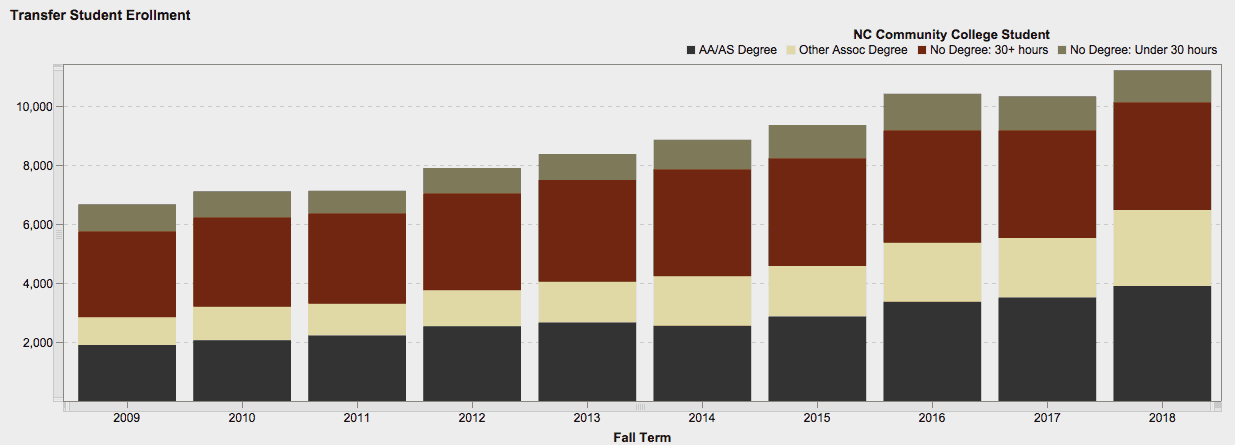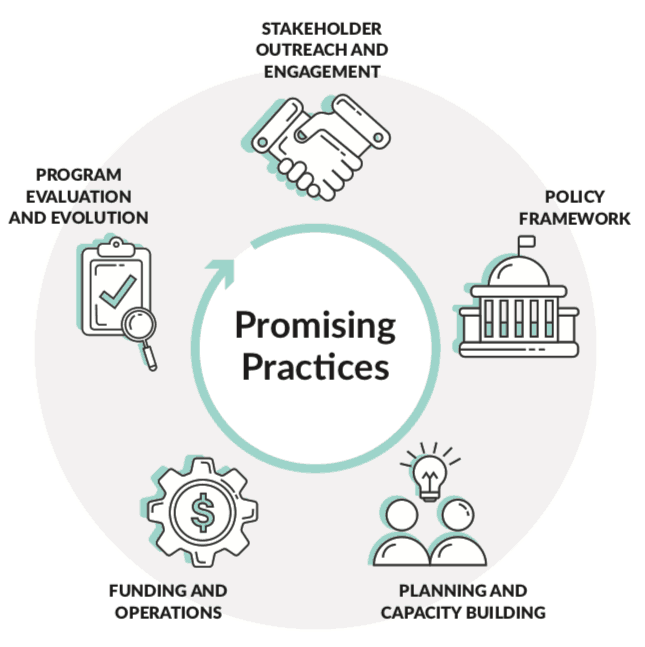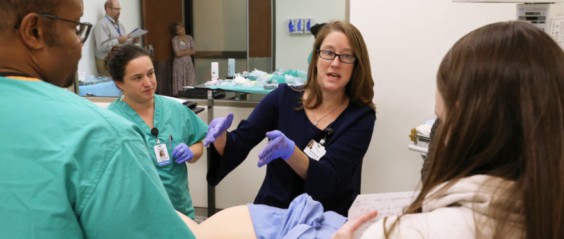For Your Consideration
Students transferring from community colleges to four-year colleges is on the rise in North Carolina. In fall 2018, more than 11,000 students transferred from a North Carolina community college to a UNC System school.

How does the transfer process work? Can students really spend two years at community college, transfer to a university for two years, and earn a bachelor’s degree in four years? This week, EdNC.org took a look at the transfer process in North Carolina, and the short answer to those questions is it’s complicated. Read the series here:
- Taking the initiative and finding support: A college transfer story
- Transforming transfer: Clearing pathways from 2-year to 4-year colleges
- Video | An advisor makes all the difference
- Is North Carolina improving the transfer process and outcomes? What the research says
- Expanding community college transfer to include workforce degrees
- Video | The path to a degree isn’t always a straight line. Here is how one student made the journey.
- Reverse transfer: What if you’d earned a degree and didn’t know it?
Contextual Healing
North Carolina’s efforts to expand broadband access were featured this week in a new report from Pew Charitable Trusts. The report identifies five promising practices (see graphic below) and highlights how nine states are incorporating those practices.
 The report highlighted North Carolina in the planning and capacity building section, focusing on the “Connecting North Carolina” state broadband plan created by the Broadband Infrastructure Office. One of the recommendations in the plan was to focus on understanding and eliminating the homework gap, or the gap between students with home internet access and those without.
The report highlighted North Carolina in the planning and capacity building section, focusing on the “Connecting North Carolina” state broadband plan created by the Broadband Infrastructure Office. One of the recommendations in the plan was to focus on understanding and eliminating the homework gap, or the gap between students with home internet access and those without.
The Other 49
A new study of Florida’s tax-credit voucher system, the largest in the nation, found that after the expansion of the voucher program, students in public schools in areas with greater private school competition had better math and reading test scores, were absent less often, and were suspended less often than before the introduction of the program. The study, published in the National Bureau of Economic Research, finds that the benefits are largest for low-socioeconomic status students.
The researchers used student-level data from 1.2 million students in grades 3-8 from 2002-03 to 2016-17. During that time, the voucher program grew significantly. In 2018, the program served about 4% of the state’s K-12 students.
Opponents argue voucher programs change the characteristics of students in public schools and drain resources from them. However, the authors say they can rule these out as possible mechanisms and that they believe the positive outcomes are a result of increased competition.
What we're reading
When a rural maternity unit closes, alternatives are hard to come by
Since 2013, at least nine maternity units across the state have closed and a 10th is slated to shutter in the coming months. Addressing this growing crisis requires a systems approach.... Read the rest-
To pay for college, more students are promising a piece of their future to investors
-
Could coronavirus really trigger a recession?
-
Where did North Carolina’s educational attainment goal come from?
-
Can Transparency Laws Fix the Gender Wage Gap?
-
Study suggests later school start times reduce car crashes, improve teen safety
-
Tax incentives for business leave states worse off


